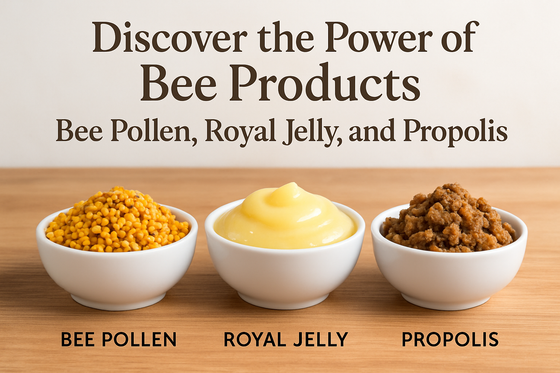
Here at Stakich, we like to celebrate honeybees everyday. But with National Honeybee Day on August 19th, we thought we should share some facts about what makes these little creatures so special.
With summer comes ripe cherries, blueberry pie and corn on the cob. And with each delicious recipe featuring our favorite fresh foods comes the opportunity to embrace the brawn behind it all...

Another fun fact, honey bees communicate with one another by dancing. So make sure to do a little dance and raise a glass to them in all their glory!

Comments will be approved before showing up.

Propolis is a resinous mixture produced by honey bees when they collect sap from trees and mix it with beeswax and enzymes. The result: nature’s own protective compound, used by bees to seal their hive and guard against bacteria, fungi, and weather.
Because of its rich composition of polyphenols, flavonoids, and antimicrobial compounds, propolis is now valued as a “bee-made immunity booster” and “ wellness ally.” PMC+2PMC+2

Let’s get real about honey bees for a second: These little guys are basically the world’s MVPs. You think they buzz around making honey for your toast? Bees: The Real Foodies’ Wingmen, Here’s the serious bit: When bees start dropping off, it’s a big red flag for the environment. They’re like those canaries in the coal mine—if they’re not okay, odds are, we’re messing something up (pesticides, climate, you know the drill). Saving the bees isn’t just about saving honey; it’s about keeping our own butts.

Bee Pollen vs. Royal Jelly vs. Propolis: There are numerous bee products available, so let’s take a moment to examine the differences between bee pollen, royal jelly, and propolis.
Bee products have been revered for thousands of years, trans-culturally, for nourishment, healing, and well-being. Today, they are being rediscovered as natural superfoods. Three of the most popular treasures of the hive are bee pollen, royal jelly, and propolis. They’re often combined, but each is also quite distinct in its origins, components and health benefits. Appreciating these differences can help you make the most of what nature’s hardest workers offer.